- Written By Team DWS
- Festivals
- January 12, 2024
Unveiling the Fascinating History of Lohri: An Ancient Festival of Joy
Every year, on the 13th of January, people across North India come together to celebrate the vibrant and jubilant festival of Lohri. This ancient festival holds immense cultural significance and marks the end of winter and the arrival of longer days. Lohri is not only a celebration of the changing seasons but also a time to cherish the harvest and gather with loved ones.
Originating from the regions of Punjab, Haryana, and Delhi, Lohri has a rich history that dates back centuries. Its roots can be traced back to ancient folklore and legends that have been passed down through generations. The festival is believed to have originated during the time of Indus Valley Civilization and has since evolved into a grand celebration.
One of the most popular legends associated with Lohri tells the story of Dulla Bhatti, a Punjabi folklore hero who lived during the reign of Emperor Akbar. Dulla Bhatti was known for his acts of bravery and helping the poor. Legends say that he rescued kidnapped girls and arranged their marriages, saving them from a life of hardship. During Lohri, people sing folk songs praising Dulla Bhatti's valor and express gratitude for his selfless acts.
Another legend that is deeply rooted in the festival is the story of Holika and Prahlad from Hindu mythology. Lohri is seen as a celebration of the triumph of good over evil, just like Holi. In this tale, Hiranyakashipu, a demon king, wanted to kill his son Prahlad due to his devotion to Lord Vishnu. Holika, Hiranyakashipu's evil sister, was immune to fire and planned to sit on a pyre with Prahlad. However, Prahlad's unwavering faith saved him from the fire, while Holika was consumed by the flames. To commemorate this victory of good over evil, bonfires are lit during Lohri, symbolizing the burning of negativity and the celebration of positivity.
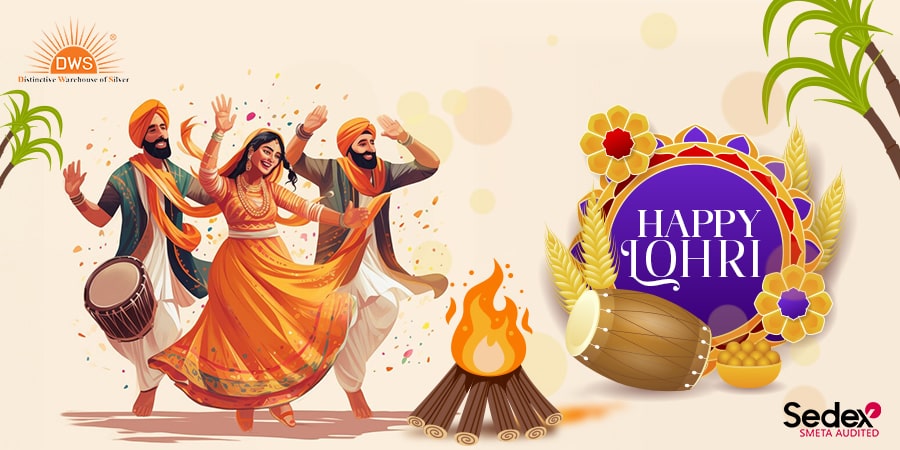
Lohri is not only a festival of legends but also a celebration of nature and agricultural abundance. It marks the end of the winter solstice and the harvesting of winter crops, particularly sugarcane, which plays a significant role in the festivities. People gather around bonfires, dancing and singing traditional folk songs. They offer prayers to the Sun God and seek blessings for prosperity and abundance in the upcoming year.
The celebrations are incomplete without traditional Punjabi food, especially the mouthwatering delicacies like makki di roti (cornbread), sarson da saag (mustard greens), and chikki (sweet sesame brittle). Families and friends come together to enjoy these delectable treats and share the warmth and joy of the festival.
Lohri holds a special place in the hearts of North Indians as it brings together communities and strengthens social bonds. It is a time when people forget their differences and join hands to celebrate life's blessings. The festival's vibrant colors, energetic dances, and soulful folk songs create an ambiance of joy, laughter, and togetherness.
As Lohri approaches, let us embrace the rich history and traditions of this ancient festival. Let us come together, sing around the bonfire, dance with joy, and appreciate the bountiful harvests and the warmth of loved ones. Lohri is a festival that reminds us to cherish the past, celebrate the present, and look forward to a future filled with happiness and prosperity.
Lohri Festival FAQs
1. What is Lohri?
Lohri is a popular Punjabi festival celebrated to mark the end of the winter solstice and the arrival of longer days. It is usually observed on the 13th of January each year.
2. What is the significance of Lohri?
Lohri holds cultural and agricultural significance. It is primarily a harvest festival to honor the winter crop, especially sugarcane, and is also seen as a way to bid farewell to the winter and welcome the warmer days.
3. How is Lohri celebrated?
Lohri is celebrated with great enthusiasm and fervor. People gather around a bonfire, sing traditional songs called "boliyan," perform folk dances like bhangra and giddha, and offer prayers for a prosperous harvest season. Sugarcane, popcorn, peanuts, and other seasonal foods are distributed among family and friends.
4. What is the role of bonfire in Lohri celebrations?
The bonfire, known as "lohri di chadar," holds great significance in Lohri celebrations. It symbolizes the energy and warmth of the sun, and people circle around it while offering prayers and throwing in offerings like rice, sesame seeds, and sweets.
5. Is Lohri a religious festival?
Lohri has cultural roots but is not strictly a religious festival. It is celebrated by people of different religious backgrounds in the Punjab region, including Sikhs, Hindus, and Muslims. However, it is primarily associated with Punjabi culture and traditions.
6. Are there any traditional sweets or dishes associated with Lohri?
Yes, several sweet delicacies are prepared and consumed during Lohri. The most common one is "rewri," made from jaggery and sesame seeds. Other popular treats include gajak, til ladoo, and moongfali (roasted peanuts).
7. Are there any specific attire or dress code for Lohri?
There is no specific dress code for Lohri, but people often prefer traditional Punjabi attire. Women may wear vibrant salwar-kameez or Punjabi suits, while men commonly dress in kurta-pajama or traditional Punjabi-style clothing, and traditional Punjabi Jewellery.
8. Is Lohri celebrated only in India?
Lohri is predominantly celebrated in the Punjab region, which covers parts of India and Pakistan. However, it has gained popularity among Punjabi communities around the world, so it is also celebrated by the Punjabi diaspora in various countries.
9. Does Lohri have any social or charitable aspects?
Lohri is a festival that strengthens social bonds and promotes communal harmony. It is common for people to exchange gifts and offer donations to the less fortunate. Additionally, some communities organize Lohri events as fundraisers for charitable causes.
10. How long does Lohri celebrations last?
Lohri is usually celebrated for one evening and continues into the night. The festivities typically begin in the late afternoon or early evening and continue until late at night, with people dancing, singing, and enjoying the bonfire.
Popular on Blogs
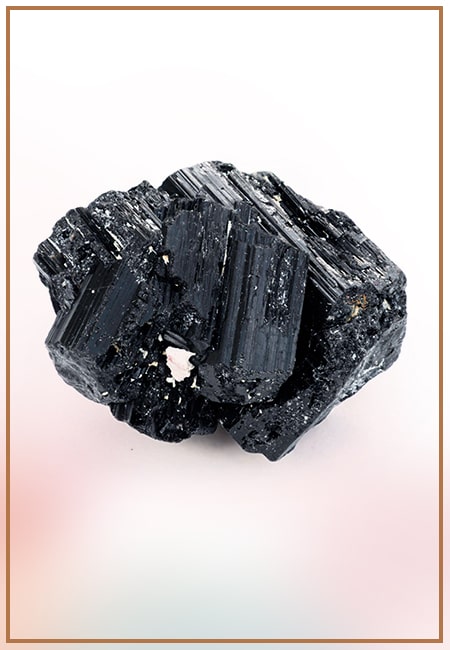
Black Tourmaline: Meaning, Healing Properties, Fascinating Facts, Powerful Attributes, Versatile Uses, and Beyond
September 05, 2023 / BY Team DWS
Black Tourmaline, also known as Schorl, is a highly revered crystal with incredible metaphysical properties. It derives its name from the Dutch word "turamali," meaning "stone with ..
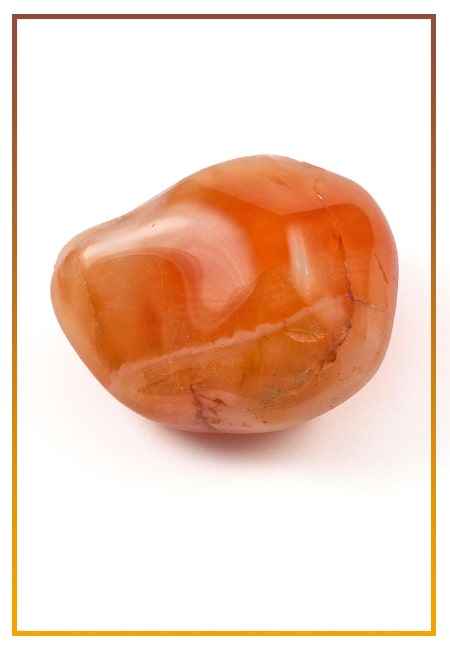
Carnelian Stone: Meaning, Healing Properties, Power, Facts, Color, Uses and More
December 26, 2023 / BY Team DWS
Carnelian is a vibrant and captivating gemstone that holds a plethora of meanings, healing properties, and powers. Its warm and fiery energy makes it a popular choice among crystal ..
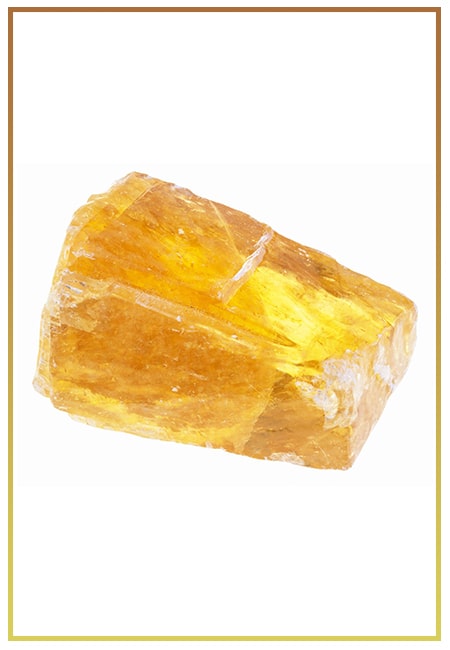
Citrine: Exploring its Meaning, Healing Properties, Fascinating Facts, Powers, Versatile Uses, and Much More
November 18, 2023 / BY Team DWS
Citrine, with its warm golden hues, has captured the attention and imagination of people for centuries. This beautiful gemstone, commonly associated with wealth and prosperity, hol ..

Black Onyx: Unveiling the Meaning, Healing Properties, Fascinating Facts, Powerful Attributes, Versatile Uses, and Beyond
July 25, 2023 / BY Team DWS
Black Onyx, a striking gemstone admired for its deep black hue and elegant appearance, has captivated people for centuries. In this comprehensive guide, we will delve into the mean ..

Unveiling the Mysteries of Turquoise Stone: Exploring its Meaning, Healing Properties, Power, Facts, Color, Uses, and More
December 05, 2023 / BY Team DWS
Turquoise, with its captivating blue-green hue, has been adorning jewelry and artifacts for centuries. This striking stone has a rich history, rich symbolism, and a plethora of int ..
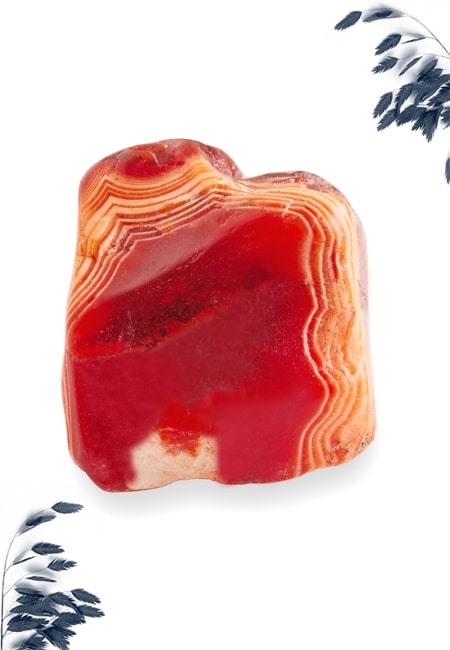
The History Behind The Popularity of Red Agate
December 23, 2022 / BY Team DWS
An Agate is a type of magma rock that takes many years till it is washed out naturally into the water. And that is the reason this stone has elements of water. This beautiful stone ..

Plan a Perfect Valentine's Week with Our Valentine Week List 2025
January 22, 2024 / BY Team DWS
Valentine's Day is undoubtedly the most romantic day of the year, but we believe that one day is just not enough to express your love and make your partner feel special. That's why ..
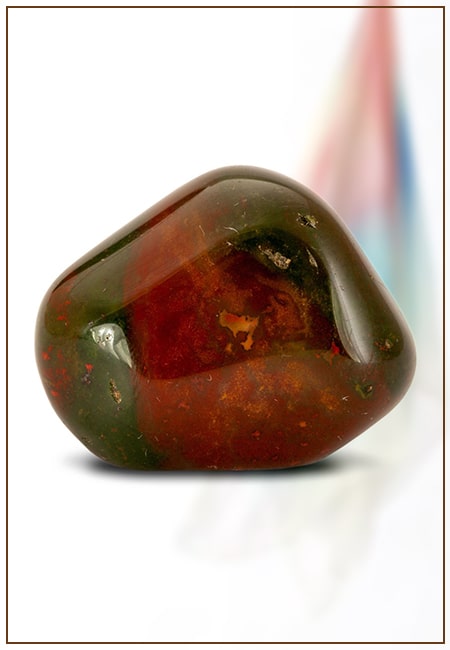
Bloodstone: Unveiling the Meaning, Healing Properties, Facts, Powers, Uses, and More
August 21, 2023 / BY Team DWS
Bloodstone, with its captivating deep green color with specks of red, is a mesmerizing gemstone that has fascinated civilizations for centuries. It possesses unique healing propert ..


